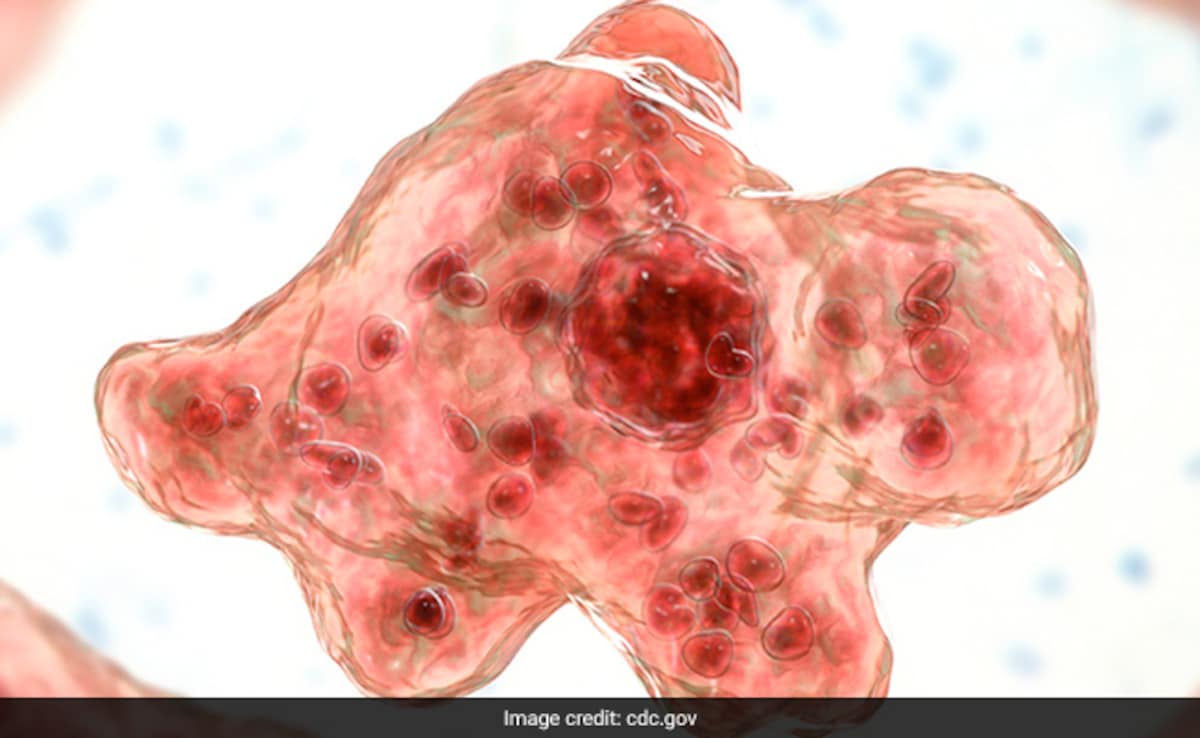A 14-year-old boy in Kerala’s Kozhikode has died from a rare brain infection. The boy, Mridul, contracted the Naegleria fowleri infection caused by a free-living amoeba after swimming in a contaminated pond, reported news agency PTI.
This marks the third such fatality in Kerala since May 21, when a 5-year-old girl from Malappuram died of the infection. Shortly after, a 13-year-old girl from Kannur also contracted the infection and died on June 25.
What is Naegleria fowleri?
The Naegleria fowleri amoeba is a tiny organism found in warm freshwaters like lakes, ponds, rivers, and hot springs rivers, as well as in soil and untreated water. Swimming or diving in contaminated water may allow the amoeba to enter through the nose and travel to the brain. This causes a severe and often deadly infection called primary amebic meningoencephalitis (PAM). It spreads quickly and requires immediate treatment, according to the Cleveland Clinic.
How to prevent Naegleria fowleri infection when swimming
The Centres for Disease Control and Prevention (CDC) recommends these steps:
Steer clear of water activities in warmer months when water temperatures are high and water levels are low, as these conditions favour Naegleria fowleriUse a nose clip or hold your nose shut if you jump or dive into the waterKeep your head above water in hot springs and other naturally hot (geothermal) watersAvoid disturbing sediment in shallow, warm fresh water, as Naegleria fowleri is more likely to be found in the sediment at the bottom of lakes, ponds, and riversBoil tap water for 1 minute and let it cool before you rinse your sinuses using the neti pots, bulb syringes, squeeze bottles, and other nasal irrigation devices. Alternatively, use distilled, sterile, or filtered water
Naegleria fowleri infection: Treatments
There are no known effective treatments for PAM yet. Doctors currently use a mix of drugs like amphotericin B, azithromycin, fluconazole, rifampin, miltefosine, and dexamethasone to manage the disease.
Symptoms include headache, fever, nausea, vomiting, and changes in mental state. The CDC states that most people with PAM die within one to 18 days after symptoms appear. People infected usually fall into a coma and die about five days after symptoms start, the health agency said.














